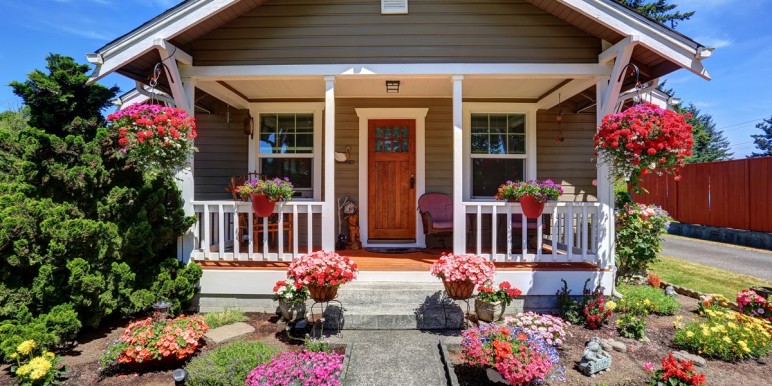California property tax laws provide two alternatives by which the Homeowners’ Exemption, up to a maximum of $7,000 of assessed value, may be granted.
Alternative 1: The exemption is available to an eligible owner of a dwelling which is occupied as the owner’s principal place of residence as of 12:01 a.m., January 1 each year; or
Alternative 2: The exemption is available to an eligible owner of a dwelling subject to supplemental assessment(s) resulting from a change in ownership or completion of new construction on or after January 1, provided:
- The owner occupies the property as his or her principal place of residence within 90 days after the change in ownership or completion of construction; and
- The property is not already receiving the Homeowners’ Exemption or another property tax exemption of greater value. If the property received an exemption of lesser value on the current roll, the difference in the amount between the two exemptions shall be applied to the Supplemental Assessment.
To help you determine your principal residence, consider
- where you are registered to vote,
- the home address on your automobile registration, and
- where you normally return after work.
If after considering these criteria you are still uncertain, choose the place at which you have spent the major portion of your time this year.
Filing for exemption under Alternative 2 will apply to the supplemental assessment(s), if any, and serve as filing for the exemption for the following fiscal year(s).
 To obtain the exemption, the claimant must be an owner or co-owner or a purchaser named in a contract of sale. The dwelling may be any place of residence subject to property tax; a single-family residence, a structure containing more than one dwelling unit, a condominium or unit in a cooperative housing project, a houseboat, a manufactured home (mobile home), land you own on which you live in a state-licensed trailer or manufactured home (mobile home), and the cabana for such a trailer or manufactured home (mobile home) are examples. A dwelling does not qualify for the exemption if it is or is intended to be, rented, vacant and unoccupied, or the vacation or secondary home of the claimant.
To obtain the exemption, the claimant must be an owner or co-owner or a purchaser named in a contract of sale. The dwelling may be any place of residence subject to property tax; a single-family residence, a structure containing more than one dwelling unit, a condominium or unit in a cooperative housing project, a houseboat, a manufactured home (mobile home), land you own on which you live in a state-licensed trailer or manufactured home (mobile home), and the cabana for such a trailer or manufactured home (mobile home) are examples. A dwelling does not qualify for the exemption if it is or is intended to be, rented, vacant and unoccupied, or the vacation or secondary home of the claimant.
If the Homeowners’ Exemption is granted and the property later becomes ineligible for the exemption, you are responsible for notifying the Assessor of that fact immediately. Section 531.6 of the Revenue and Taxation Code provides for a penalty of 25 percent of the escape assessment added for failure to notify the Assessor of the county where the property is located in a timely manner when property is no longer eligible for the exemption.
As a reminder, your tax bill, or copy, mailed by November 1each year should be accompanied by a notice concerning ineligibility for the exemption. Once granted, the exemption remains in effect until terminated. Once terminated, a new claim form must be obtained from and filed with the Assessor to regain eligibility.
 Time For Filing
Time For Filing
Alternative 1: The full exemption is available if the filing is made by 5 p.m. on February 15. If a claim is filed between February 16 and 5 p.m. on December 10,80 percent of the exemption is available.
Alternative 2: The full exemption (up to the amount of the supplemental assessment), if any, is available providing the full exemption has not already been applied to the property on the regular roll or on a prior supplemental assessment for the same year. To be applied, the filing must be made by 5 p.m. on the 30th day following the Notice of Supplemental Assessment issued as a result of a change in ownership or completed new construction. If a claim is filed after the 30th day following the date of the Notice of Supplemental Assessment, but on or before the date on which the first installment of taxes on the supplemental tax bill becomes delinquent, 80 percent of the exemption available may be allowed. Thereafter, no exemption is available on the supplemental assessment

